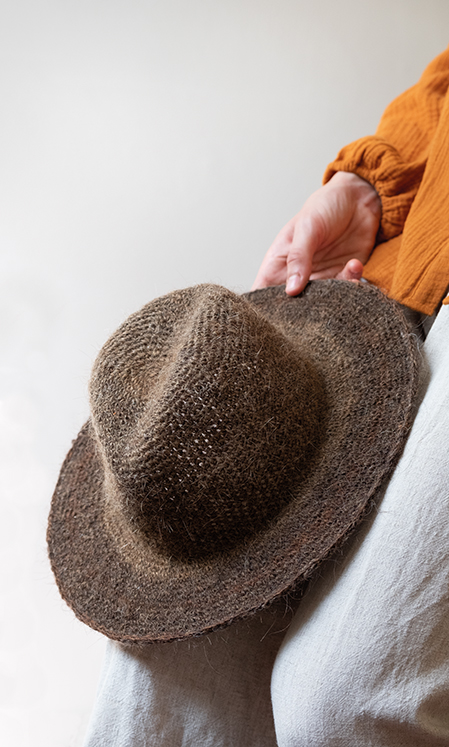

We spend so much time and money taking care of our hair through washing, brushing, styling or adding hair extensions. Yet when we visit a hairdresser, we leave it useless on the floor. Focusing on this transition from appreciating our hair to deeming it as waste, Savine Schoorl aims to give the material we treasured a new life with her project, Haar Haar.
Our hair, when we show it, cover it, or remove it is part of our personality and social/cultural groups to which we feel connected. Aware or unaware we communicate through our hair about our identity. Where we stand for, or what we like. But we do not have an opinion on what to do with our hair when we leave them useless on the ground at the hair salon.
Haar Haar focuses on the short switch from appreciating hair to feeling disgusted by it, even when it is the same material. It seeks to give a second life to the material we treasured when it was on our head.
Every month, Savine collects kilos of hair from the hairdresser and extension salon. Seeing and feeling the different textures, colors, and length makes her wonder about the person to whom it belonged. What was their relationship with their hair?
By separating the hairs by color and length, she prepares the hair for the following step in her process.
Yarn
To make the yarn, fibers are disentangled and intermixed by using a carding machine. Carding gives the possibility to spin an even, flexible, and strong yarn. The spun yarn expands the possibilities of working with hair, like crocheting a wearable hat.
This yarn is a combination of wool and hair, emphasizing the characteristics of both materials. The added wool gives the possibility to play with colors, other than the colors of the hair. The reflection of light by the hair cuticles creates the shimmer of the yarn. The combination of wool with the texture of the hair gives the yarn its rich appearance.
